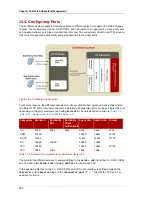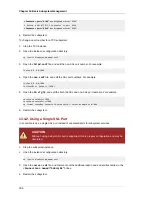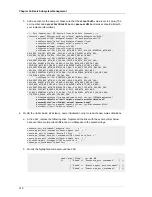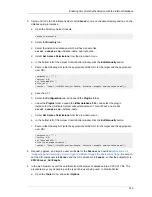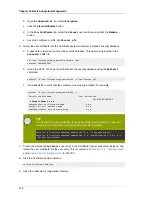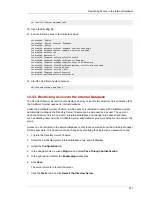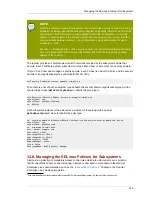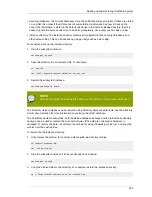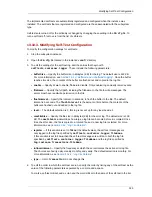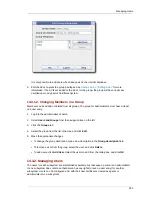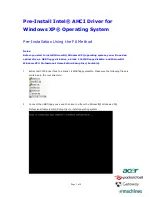
Chapter 13. Basic Subsystem Management
320
13.8.1. About SELinux
Basically, SELinux identifies
objects
on a system, which can be files, directories, users, processes,
sockets, or any other thing on a Linux host. These objects correspond to the Linux API objects. Each
object is then mapped to a
security context
, which defines the type of object it is and how it is allowed
to function on the Linux server.
System processes run within SELinux domains. Each domain has a set of rules that defines how
the SELinux domain interacts with other SELinux objects on the system. This set of rules, then,
determines which resources a process may access and what operations it may perform on those
resources.
For Certificate System, each subsystem type runs within a specific domain for that subsystem type.
Every instance of that subsystem type belongs to the same SELinux domain, regardless of how many
instances are on the system For example, if there are three CAs installed on a server, all three belong
to the
pki_ca_t
SELinux domain.
The rules and definitions for all the subsystems comprise the overall Certificate System SELinux
policy. The SELinux policy is delivered in a separate RPM package (
pki-selinux
), which is installed
as a prerequisite for the other Certificate System subsystem packages.
Certificate System SELinux policies are already configured when the subsystems are installed, and
all SELinux policies are updated every time a subsystem is added with
pkicreate
or removed with
pkiremove
.
# types that the process runs as and the domain
type pki-ca_t, pki-ca_process;
type pki-ca_exec_t, pki-ca_executable;
domain_type(pki-ca_t)
init_daemon_domain(pki-ca_t, pki-ca_exec_t)
# types for config files
type pki-ca_etc_rw_t, pki-ca_config;
files_type(pki-ca_etc_rw_t)
#types for the ports we need to use.
type pki-ca_port_t;
corenet_port(pki-ca_port_t)
# This is for /etc/pki-ca/tomcat.conf:
can_exec(pki-ca_t, pki-ca_tomcat_exec_t)
Example 13.4. Excerpts of the CA SELinux Policy
The Certificate System subsystems run with SELinux set in enforcing mode, meaning that Certificate
System operations can be successfully performed even when all SELinux rules are required to be
followed.
By default, the Certificate System subsystems run confined by SELinux policies.
13.8.2. Viewing SELinux Policies for Subsystems
All Certificate System policies are installed with the
pki-selinux
package and are located in the
/usr/share/selinux/modules/
directory, in the
pki.pp
file. The configured policies can be
viewed using the SELinux Administration GUI.
1. Open the
Systems
menu.
Summary of Contents for CERTIFICATE SYSTEM 8.0 - ADMINISTRATION
Page 42: ...20 ...
Page 43: ...Part I Setting up Certificate Services ...
Page 44: ......
Page 190: ...168 ...
Page 208: ...186 ...
Page 223: ...Part II Additional Configuration to Manage CA Services ...
Page 224: ......
Page 256: ...234 ...
Page 270: ...248 ...
Page 280: ...258 ...
Page 292: ...270 ...
Page 293: ...Part III Managing the Subsystem Instances ...
Page 294: ......
Page 408: ...386 ...
Page 438: ...416 ...
Page 439: ...Part IV References ...
Page 440: ......
Page 503: ...Netscape Defined Certificate Extensions Reference 481 OID 2 16 840 1 113730 13 ...
Page 504: ...482 ...
Page 556: ...534 ...
Page 564: ...542 ...

